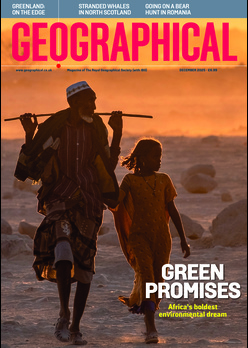
Rare metals – used for electric cars, wind turbines and other green tech – face shortages without the help of recycling via bacteria
By
Scientists at the University of Edinburgh are using bacteria to extract rare metals – such as lithium, cobalt and manganese – from batteries and discarded electrical equipment in order to benefit the future of green tech developments.
Materials that would have otherwise gone to waste are hoped to instead be recirculated in the production of other products such as solar panels, wind turbines and electric cars, all of which face an increased demand in the wake of companies and people shifting to greener energy. By ensuring that valuable metals are extracted, in theory, a circular economy – which tries to limit the quantity of waste produced during manufacturing – can be developed.
‘If we are going to end our dependence on petrochemicals and rely on electricity for our heating, transport and power, then we will become more and more dependent on metals,’ said chair of sustainable biotechnology at the University of Edinburgh, Professor Louise Horsfall. ‘All those photovoltaics, drones, 3D printing machines, hydrogen fuel cells, wind turbines and motors for electric cars require metals – many of them rare – that are key to their operations.’
How does it work?
Bacteria can extract metals via a detoxification process. Firstly, waste from electronic products and batteries is taken and dissolved. Bacteria then latch onto metal atoms and ‘spit’ them out as nanoparticles, depositing them as solid chemicals. Different strains of bacteria can extract different metals, so scientists experiment with various types depending on the product at hand. It is hoped in the future that further research will lead to the ability to use gene-edited versions of bacteria, increasing the overall quantity of metal extracted

With the rise of cleaner energy rapidly growing – and the world’s capacity to generate renewable electricity expanding at a faster rate than any previous time period in the last three decades – it is more vital than ever to find ways to sustainably create products to meet this demand. In the UK alone, it is planned that all new cars will be electric from 2030 – but to switch those 31.5 million petrol and diesel vehicles over to a battery-electric fleet would take an estimated 207,900 tonnes of cobalt – just under twice the current annual world cobalt production.
‘There is only a finite amount of these metals on Earth and we can no longer afford to throw them away as waste as we do now,’ Horsfall continued. ‘We need new recycling technologies if we want to do something about global warming.’




